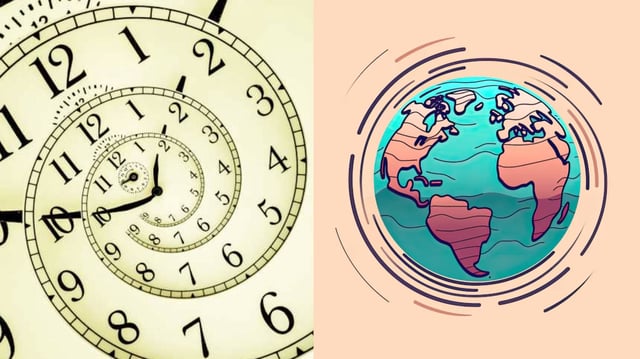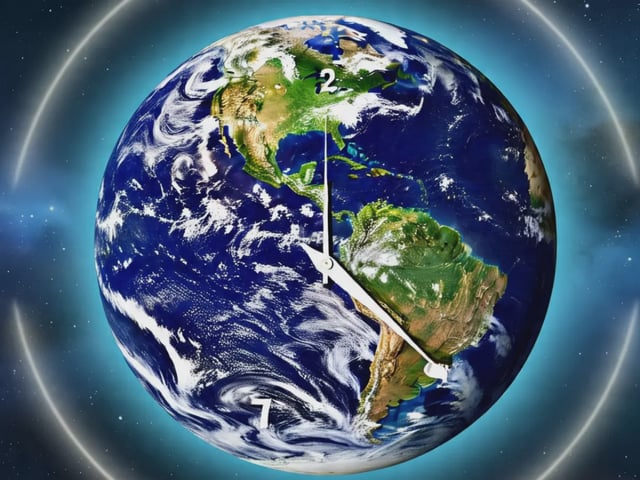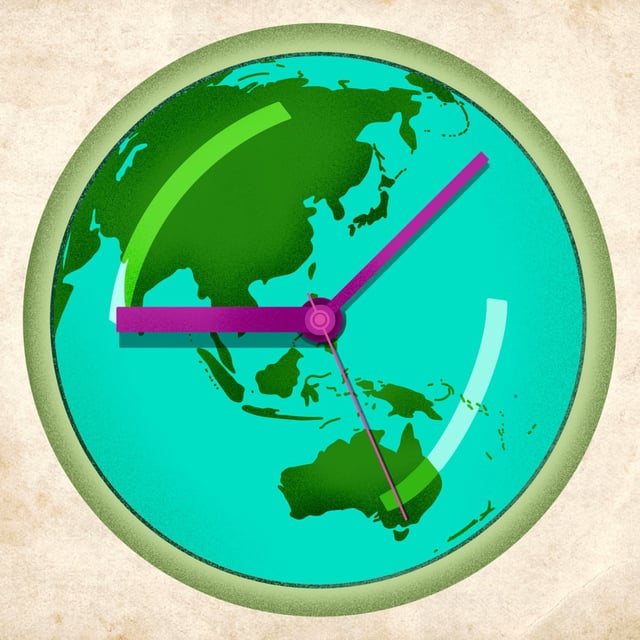Overview
- International Earth Rotation and Reference Systems Service data confirm that July 9’s day was 1.30 milliseconds shorter than the standard 86,400 seconds, with July 22 and August 5 forecast to be 1.38 ms and 1.50 ms shorter respectively
- The IERS has ruled out inserting a leap second in 2025 and is preparing for a possible negative leap second by 2029
- This spin-up reverses a century-long slowdown that led to the addition of 27 leap seconds between 1972 and 2016
- Researchers are probing factors such as reduced lunar tidal drag, shifts in Earth’s core, melting glaciers and major quakes but have yet to pinpoint the cause of the acceleration
- Variations in day length disrupt Coordinated Universal Time synchronization and could affect GPS, telecommunications and global financial networks



